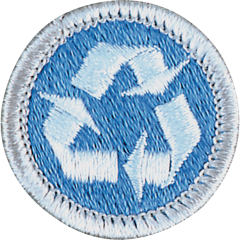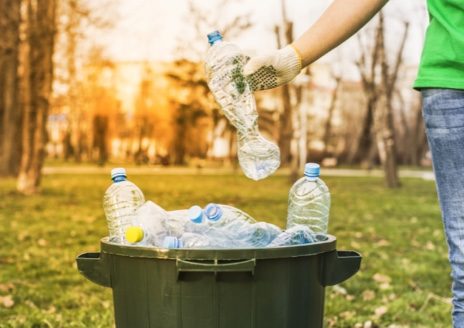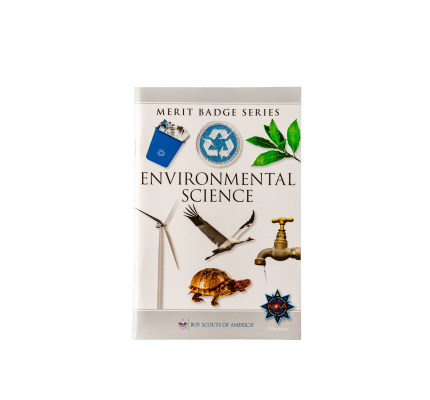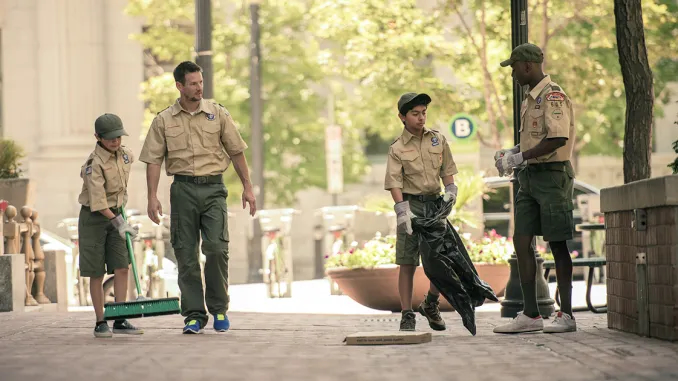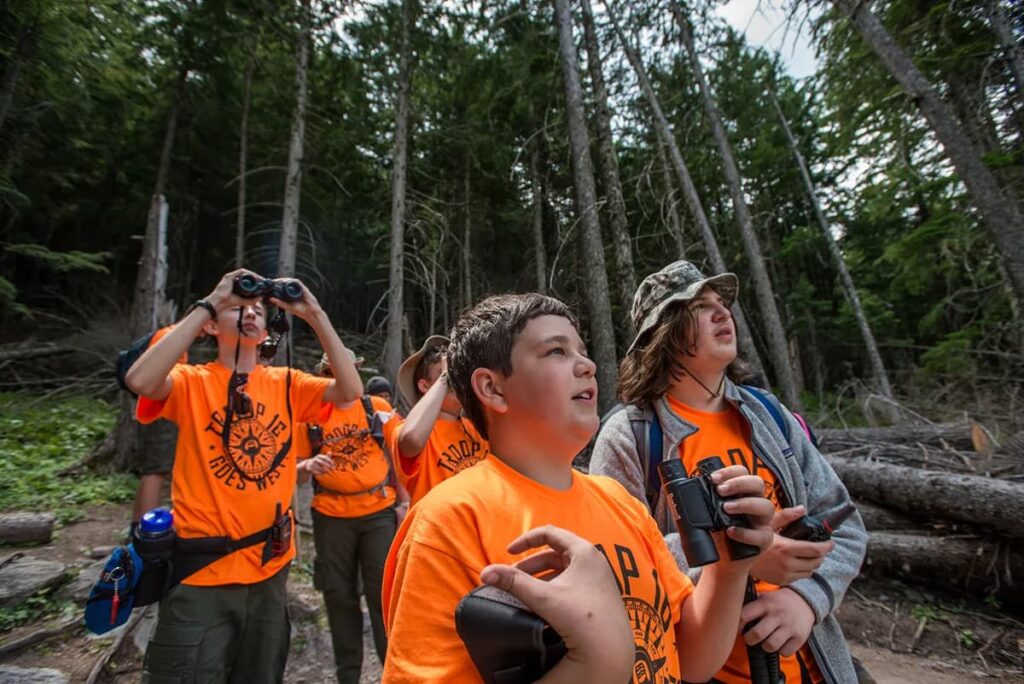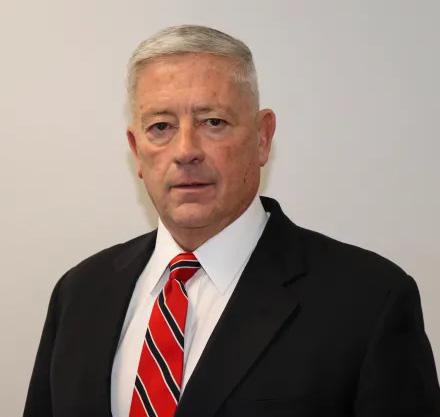More than two decades after earning the Environmental Science merit badge, Eagle Scout Jonathan Marchal still remembers the hours he had to spend observing nature (to which he had not looked forward).
“It was an incredible experience to just sit quietly in the woods,” he says. “I’m thankful that I was made to do it.”
Experiences like that eventually led him to become an environmental educator. As the youth education manager at the North Carolina Arboretum in Asheville, he is now teaching the Environmental Science merit badge to a new generation of Scouts. Here are his tips for other counselors.
Give Scouts Tools
The study-plot requirement (requirement 4) doesn’t specify which tools, other than a journal, Scouts should take into the woods. Marchal likes to equip them with more, including field guides, binoculars, tape measures and other tools. “A really fun one is an aspirator,” he says. Something like a siphon, this device allows a Scout to suck small spiders and other objects into a jar without getting them in his mouth.
“It’s a little more hands-on if you’ve got something for them to manipulate and mess around with,” he says. “And it serves as an opportunity to talk about field study and professional science, and what professional scientists use.”
Make Connections
Marchal likes to connect the study-plot requirement with requirement 5, in which Scouts must consider the environmental impact of a proposed construction project. For example, he’ll suggest the construction project might be a new classroom building at one of the study-plot sites.
“That way, they’re familiar with all the plants and animals that are there,” he says. “If we can, we’ll go back to it and do the hypothetical construction project while we’re there so we can really visualize the erosion that might occur and that sort of thing.”
Keep It Local
Requirement 3 involves a series of experiments on everything from ecology to endangered species. Whenever possible, Marchal links those concepts with what’s happening locally. For example, one experiment deals with the impact of thermal pollution on aquatic life, so Marchal talks about nearby Lake Julian, which holds water discharged from a power plant.
“A lot of kids know that that lake is crazy warm, but not a lot of them know why,” he says.
Similarly, after doing an experiment to test for particulates, he’ll talk about the particulates found in smoke. “We talk about how we like gas in our lungs, not solids,” he says.
Point to the Future
Marchal always promotes environmental careers (requirement 6).
“I don’t know that I sat in the forest [as a Scout] and decided I was going to be an environmental educator, but Scouting definitely played a big, big role in what I ultimately decided was going to be my career,” he says. “I feel very fortunate that I was involved in Scouting.”



